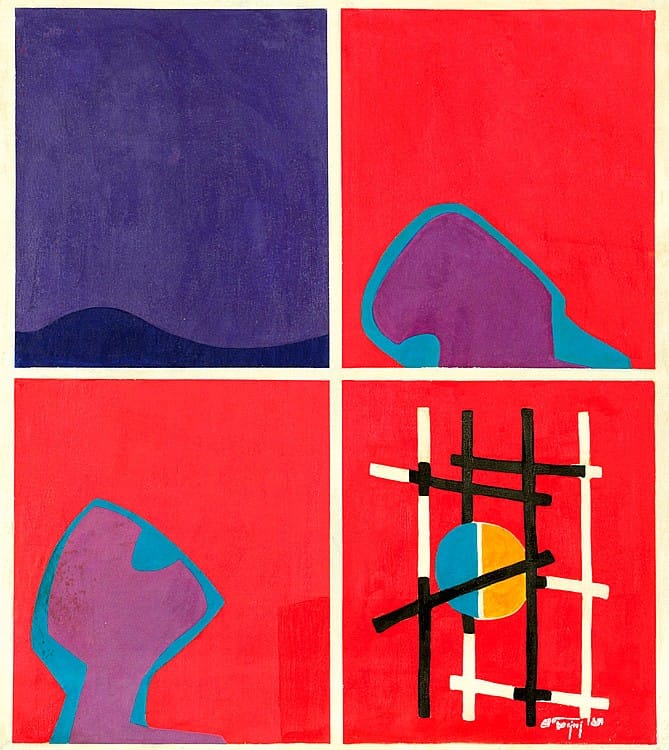This Moroccan Artist Wanted to Paint the Pyramids Blue
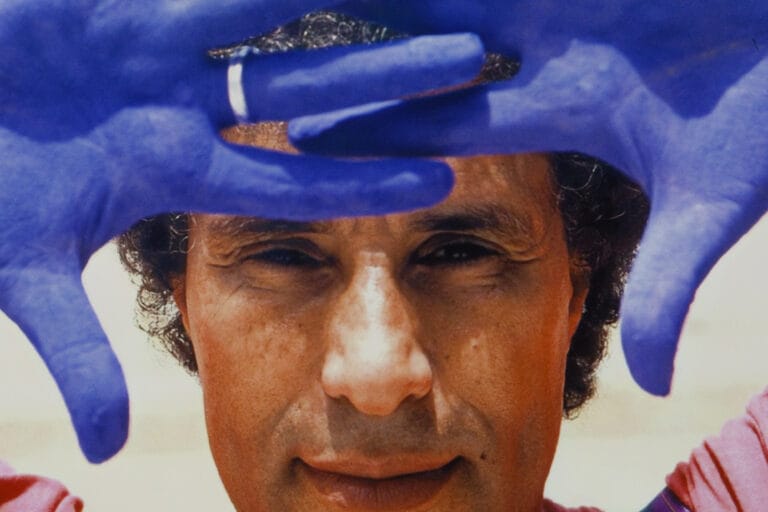
Mohammed Kacimi (1942–2003) was more than just a Moroccan painter. He was a poet, a writer, a philosopher and a firm believer in the power of art to heal, resist, and connect.
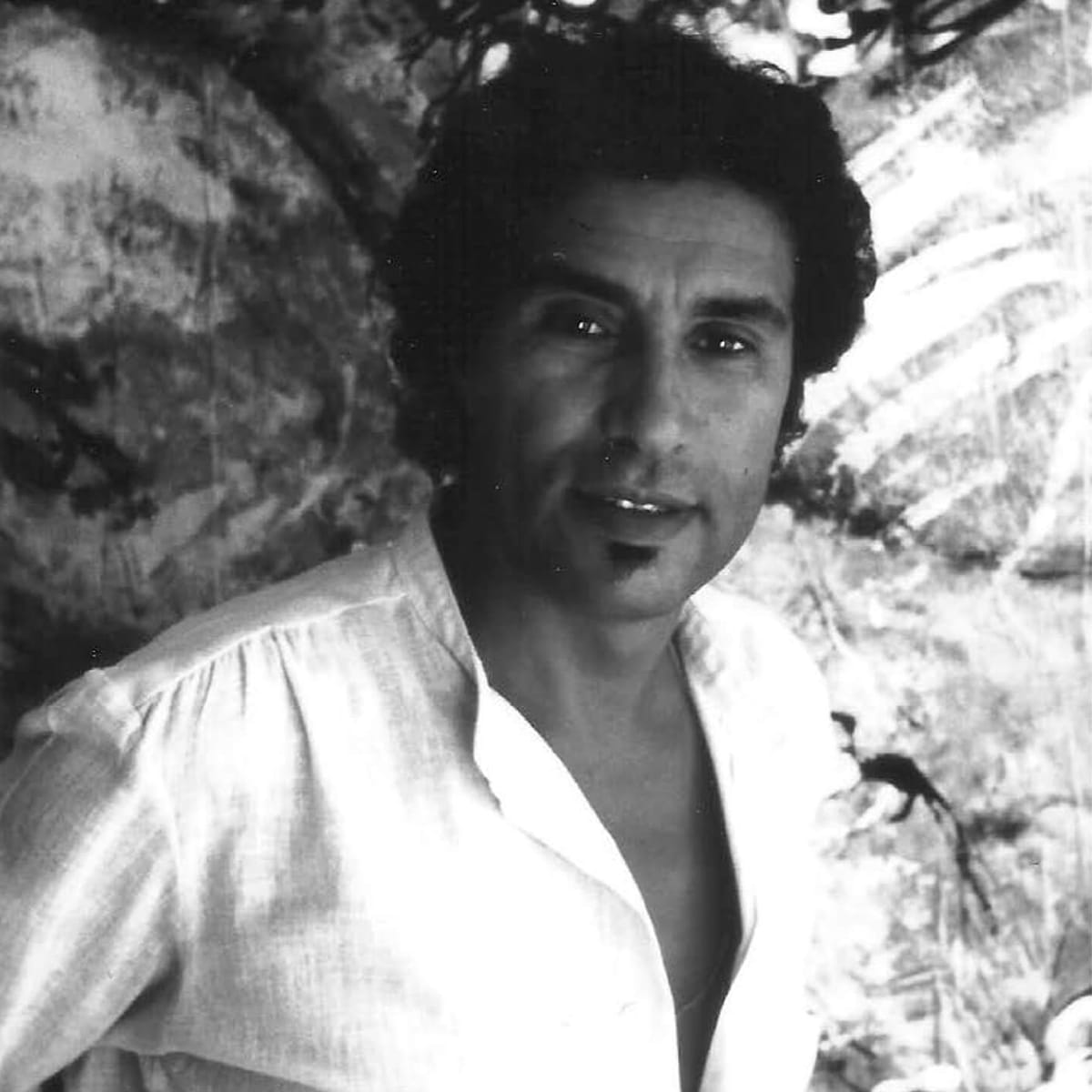
Born in Meknes, Kacimi began his intellectual journey by studying Arabic literature at the University of Fes. But it was in 1959, as a teenager, that his artistic path was born. One day, he saw the bold and expressive works of Jilali Gharbaoui, a pioneering Moroccan abstract painter. That moment sparked a fire. Gharbaoui would later become a friend and mentor, encouraging Kacimi to explore the world and trust his voice as an artist.
Kacimi was largely self-taught, but his mind was anything but untrained. He was an avid reader, a curious traveler, and a sharp observer of the world around him. His artworks, often abstract and poetic, were filled with meaning: ghostlike figures, earthy colors, calligraphic lines, and mystical symbols. He painted memories, migration, suffering, and resilience. Each brushstroke carried emotion. Each canvas told a story even when words were absent.
In the 1990s, Kacimi entered what many call his "African period." He traveled across the continent, from the Moroccan desert to sub-Saharan cities, letting those landscapes and experiences reshape his work. This period marked a turning point. He moved away from Western influences and rooted his practice in African and Amazigh (Berber) culture, storytelling, and spirituality. His canvases became looser, his materials more experimental, even using plaster, wire, and stamped visas to speak of movement and identity.
But for Kacimi, art wasn’t only about personal expression. It was a social mission.
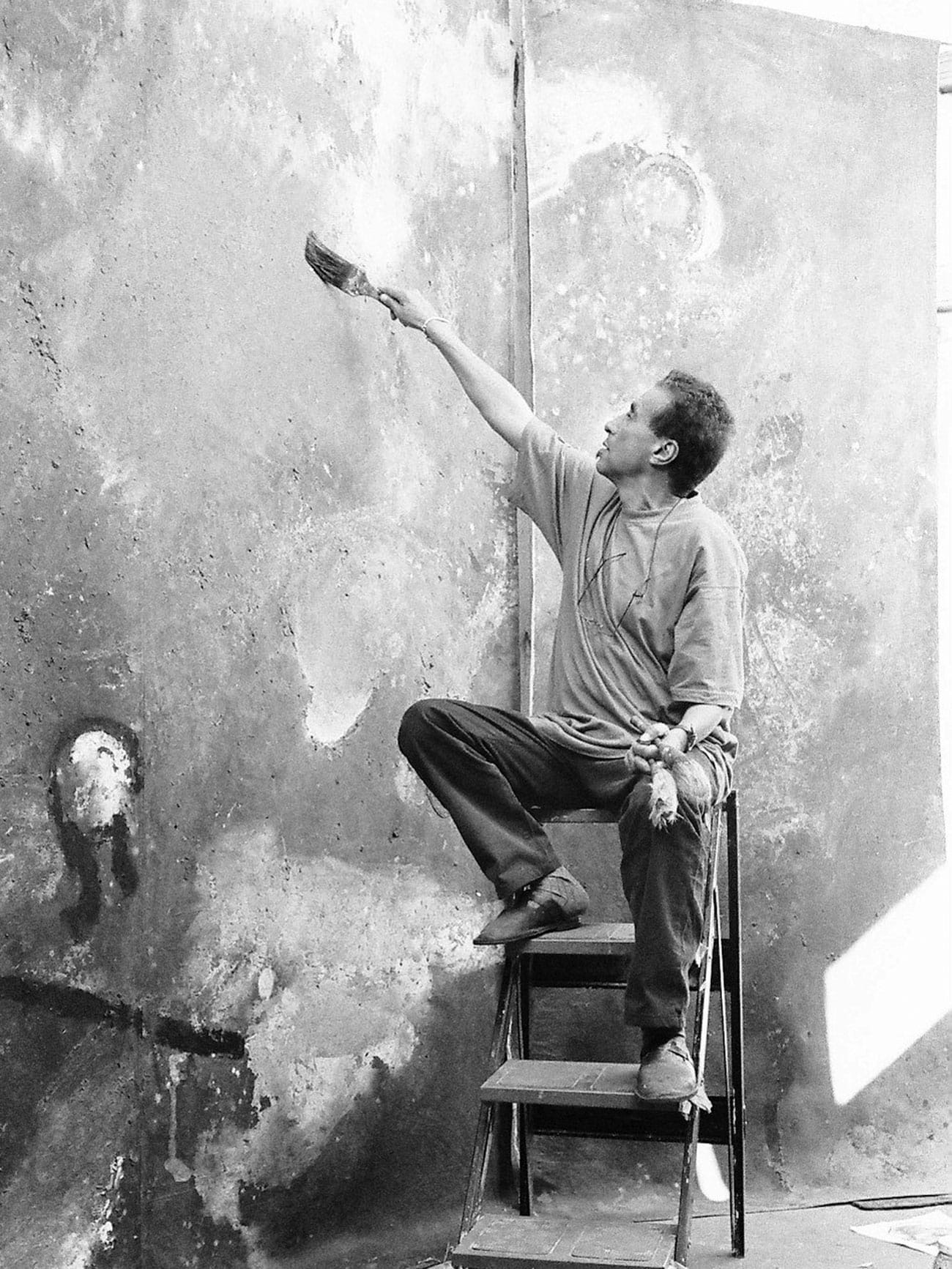
He painted murals in public spaces, turned walls into open-air galleries, and collaborated with communities. In the late 1990s, he co-founded art therapy workshops with a psychiatrist and a psychoanalyst to help youth struggling with mental health. He believed that art could be a tool for healing — not just for the artist, but for society.
In one of his most daring ideas, Kacimi proposed using laser light to "paint" the Pyramids of Giza blue during the Cairo Biennale in 1992. The project was rejected, seen as too radical, but it perfectly captured his spirit: bold, imaginative, unafraid.
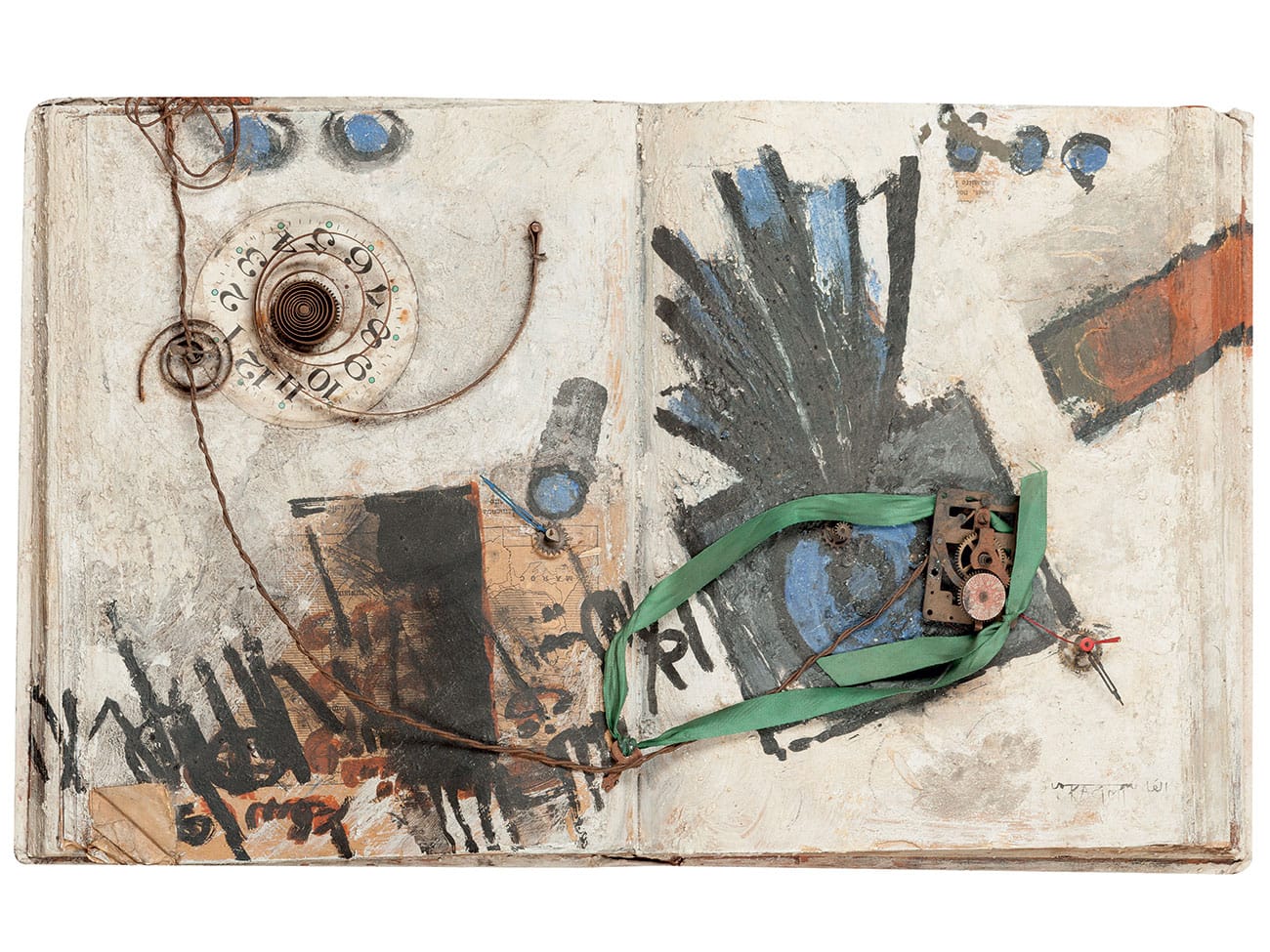
Kacimi passed away in 2003 in Rabat. But his legacy lives on. Today, he is remembered as one of Morocco’s most important post-war artists: a bridge between poetry and paint, between thought and action.
